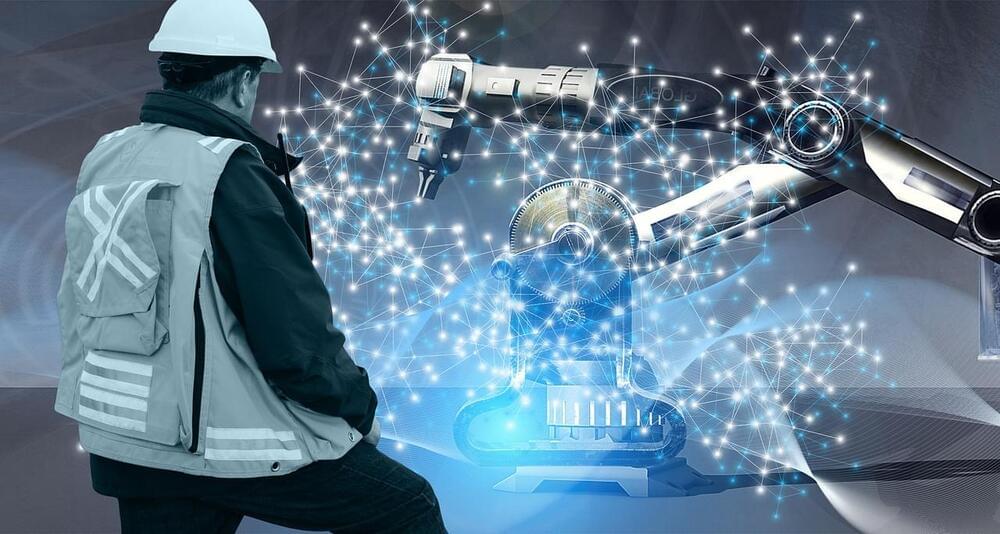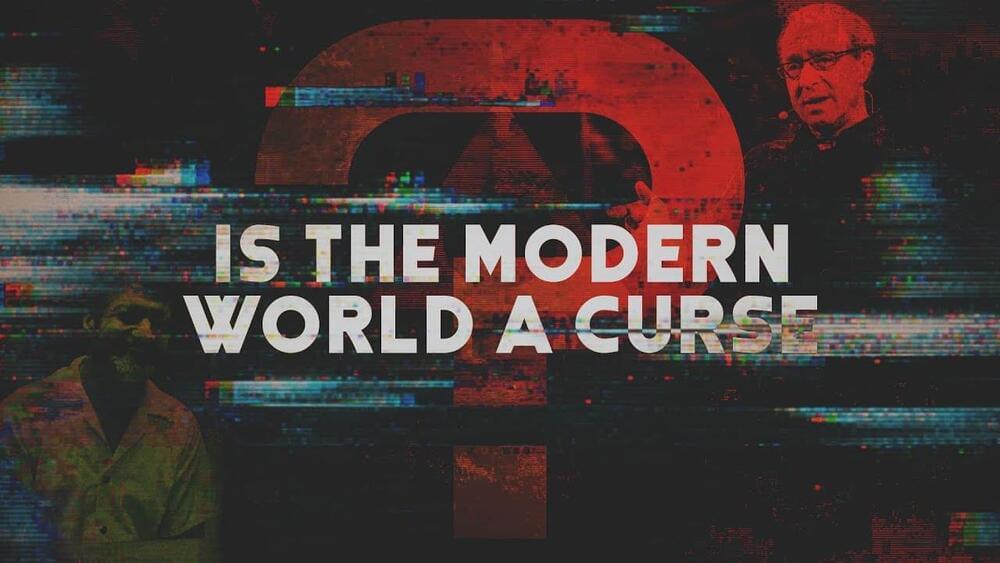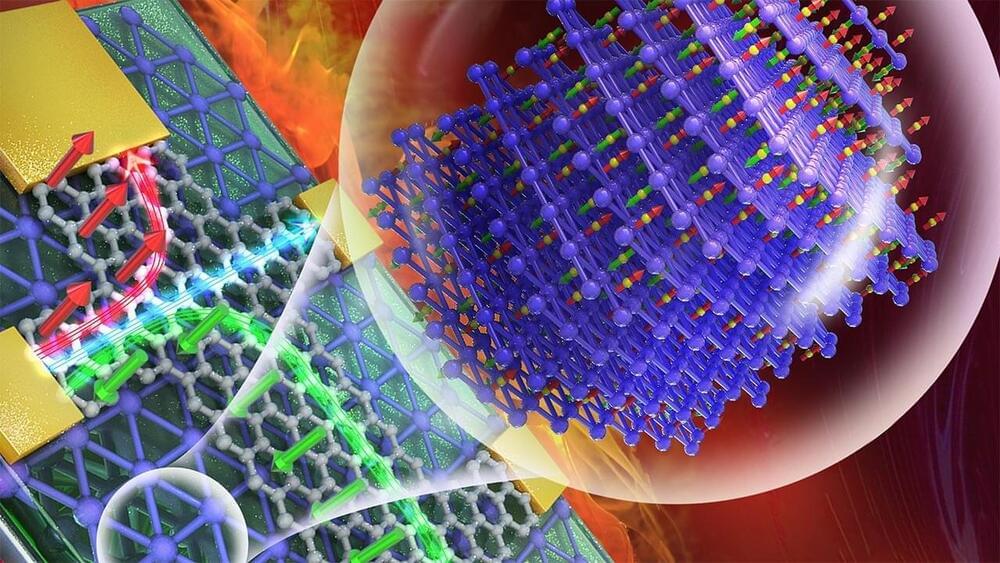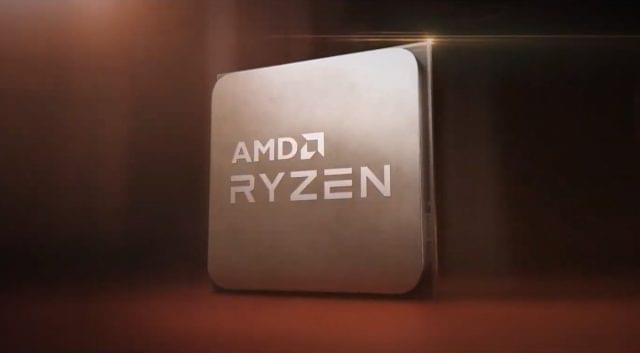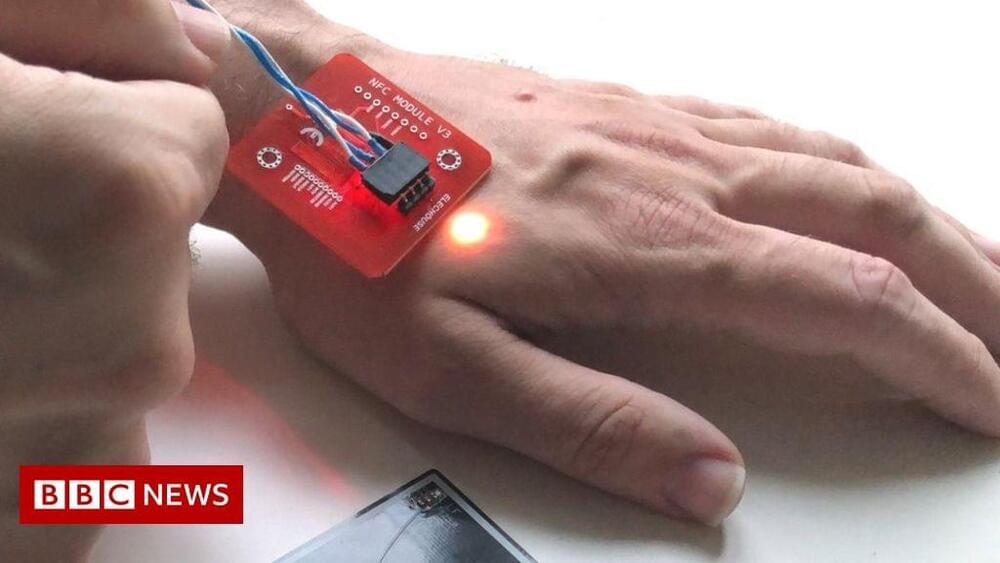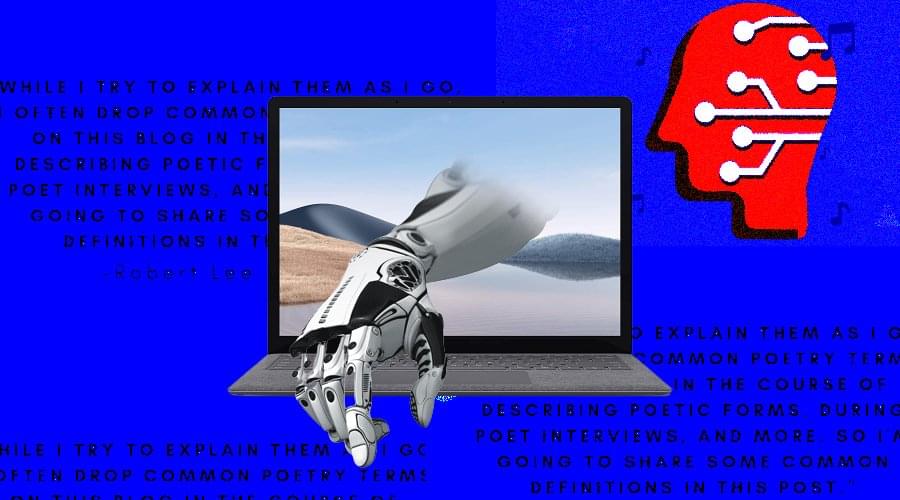We are already living in the future. Our everyday lives are influenced by robots in many ways, whether we’re at home or at work. As artificial intelligence, open source algorithms, and cloud technology have been developed in recent years, they have contributed to creating favorable conditions for robot revolution, which is closer than you might expect.
Is The Modern World A Curse?
Posted in futurism
Today we are going to be examining whether or not the world is a curse from two extremely divergent points of view.
Follow All of Our Work Here:
https://linktr.ee/focusshiftmedia
The goal of this virtual workshop is to discuss whether microbial pathogens may represent a causal component of Alzheimer’s disease, review knowledge gaps, and establish scientific priorities to address these gaps. The workshop discussed gaps in current knowledge and explored new opportunities for research in the areas intersecting infectious organisms and Alzheimer’s disease.
All comments must conform to NIA’s comments policy: https://go.usa.gov/xtqAQ
A new spin on one of the 20th century’s smallest but grandest inventions, the transistor, could help feed the world’s ever-growing appetite for digital memory while slicing up to 5% of the energy from its power-hungry diet.
Following years of innovations from the University of Nebraska–Lincoln’s Christian Binek and University at Buffalo’s Jonathan Bird and Keke He, the physicists recently teamed up to craft the first magneto-electric transistor.
Along with curbing the energy consumption of any microelectronics that incorporate it, the team’s design could reduce the number of transistors needed to store certain data by as much as 75%, said Nebraska physicist Peter Dowben, leading to smaller devices. It could also lend those microelectronics steel-trap memory that remembers exactly where its users leave off, even after being shut down or abruptly losing power.
A new PV module makes electricity from thermal radiation. Imagine that.
The electromagnetic spectrum is comprised of thousands upon thousands of frequencies. Sound and light are all part of the spectrum, as are the frequencies that make radio and television broadcasts possible. Today’s solar panels harvest light waves from a small part of the EM spectrum and turn them into electricity, but there are many other frequencies like thermal radiation that could someday stimulate new kinds of photovoltaic cells to generate electricity as well.
Researchers at Stanford have recently published a study in the journal Applied Physics Letters that describes a new type of cell that converts thermal radiation into electricity. When the sun goes down, living organisms and physical structures like buildings, road, and sidewalks radiate heat back into the atmosphere. We call this radiational cooling and it is those electromagnetic waves the Stanford researchers say can be put to work making electricity.
AMD has cut prices on its Ryzen 5,000 CPUs. In some cases, they’ve trimmed price by as much as 25 percent.
You can now get a payment chip injected beneath your skin, turning you into a human bank card.
View insights.
The growth potential of intelligent machines is attaining milestones almost every other day. Each day, new publications and media houses are reporting the new achievements of AI. But there were still questions about the creative potential of AI. Experts believe that artificial intelligence machines will never be able to achieve the creative consciousness that human intelligence possesses. Well, AI has again proved them wrong! The technology is now capable of creating its own art, out of its own imagination, and also poetry, that only the most deeply conscious human brains can do.
There have been several instances where programming and poetry have converged into generating some of the most outstanding pieces in the history of tech. Programming itself has its own set of minimalist aesthetics that does not take up much space and does not take too long to execute. Also, there have been many programmers who had links to poetry and art, which makes it easier for them to curate a mindblowing tech that can yield the same standard of results. Nowadays, companies like OpenAI create futuristic technology that is not only advanced but also boldly creative. In fact, its poetry-writing AI has made huge strides over the internet!
Verse by Verse, is a Google tool, that takes suggestions from classic American poets to compose poetry. The tool uses machine learning algorithms to identify the language pattern of a poet’s work and apply it to the poetry it generates. The tool allows users to choose from 22 different American classical poets and the type of poem they would like to write. The program offers poetic forms such as free verse, and quatrain, and also allows choosing the number of syllables to choose. What all it needs is, an opening line. Once given the first line, it generates the rest of the poem on its own, giving suggestions at every line, making it more interactive compared to other Open AI’s GPT-2 programs.
Using electrical simulation to address damaged nerves is en established way to treat pain or speed up healing in the event of an injury. This type of therapy is usually delivered via invasive procedures where electrodes are implanted to administer the electrical stimulation, but scientists are making promising advances towards alternative approaches.
Recent examples include softer electrodes instead of the stiff ones used today, dissolvable implants that offer two weeks of ongoing stimulation, and belt-like devices that wrap around bladders to restore organ function. Adding another to the pool is a team from Austria’s Graz University of Technology, the University of Zagreb and CEITEC in the Czech Republic, whose solution starts with light-sensitive color pigments.
China and Europe are driving most of the adoption, with North America a distant third source of sales. Up next: emerging markets.
